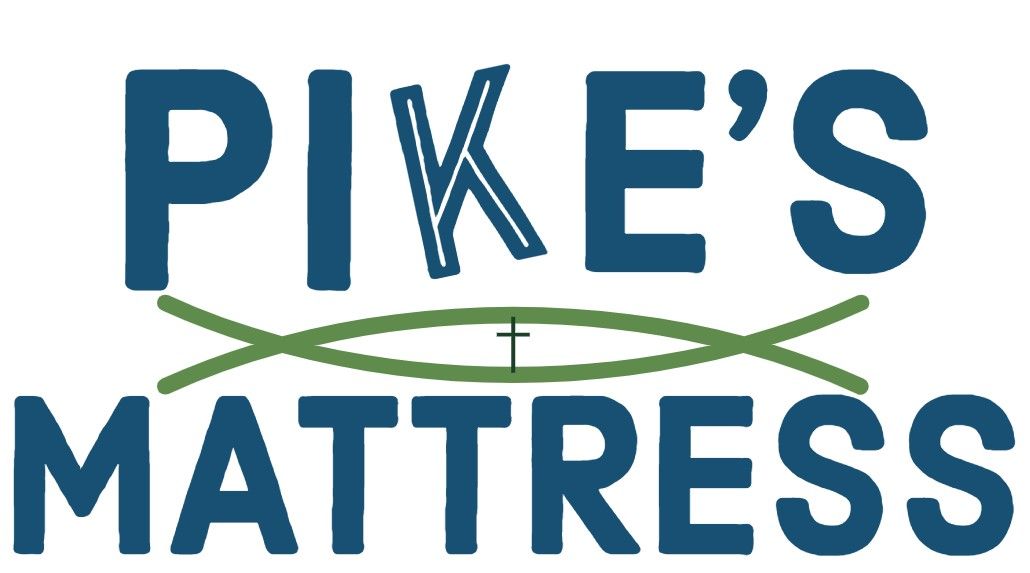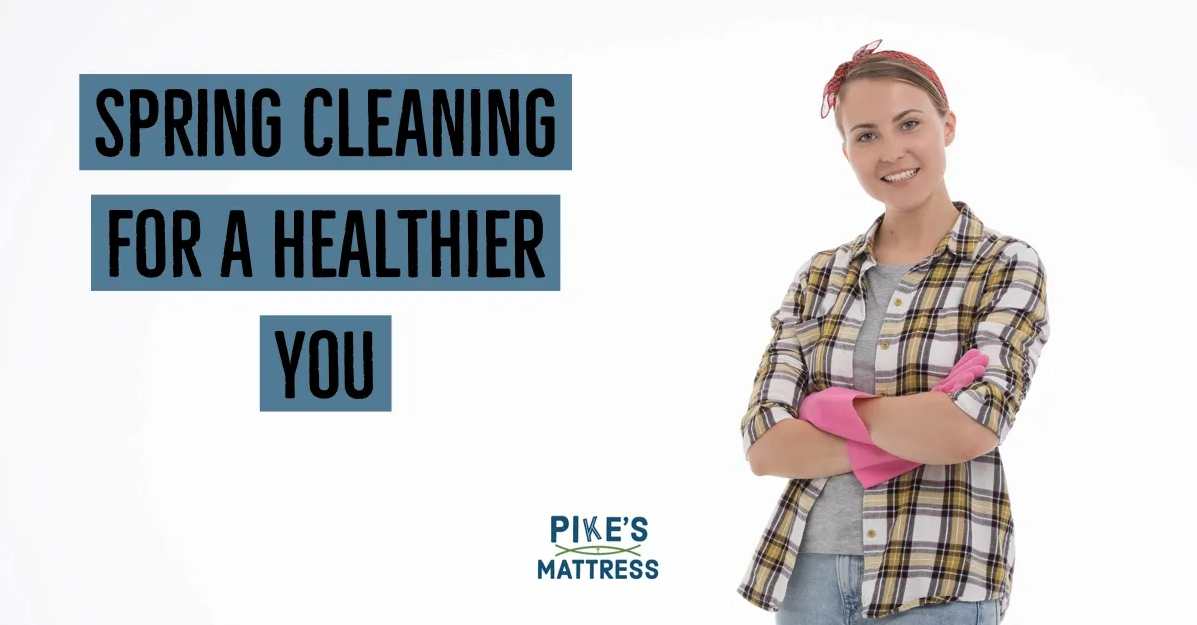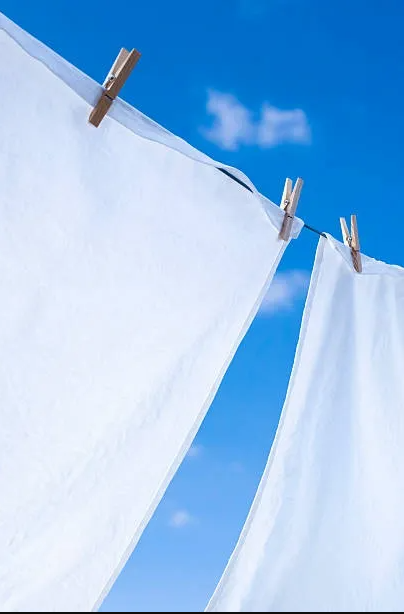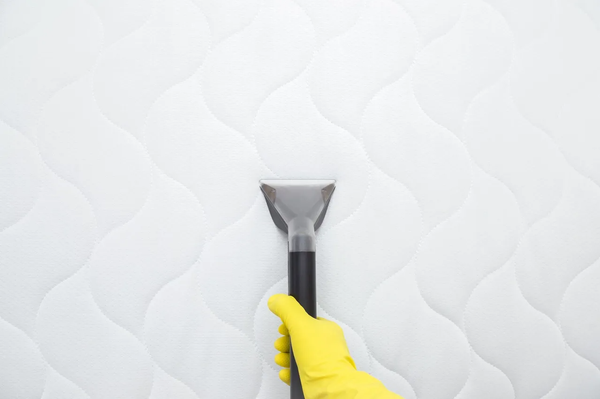We interrupted our series on our mattress education to address something a little more appropriate in the current situation. As COVID-19 spreads, many people are reasonably scared. Everyone is hunkered down and millions of people are staying home. We know that this is a scary time. People are wearing gloves and masks everywhere. Hand sanitizer and cleaning supplies are in limited supply. But in all the chaos the world is still turning, and spring is here. I can't believe I missed the first day of spring! But that means it is time to do spring cleaning. There has never been a more critical time than now for spring cleaning.
We need to rid our homes of bacteria and germs to keep our families safe. Most people start in the kitchen or the bathrooms. But consider this — when you are sick, where do you go? To bed! When you have a cold or flu you climb into bed, pull the covers over your head, and grumble at the world.
If that's not enough to motivate you to consider the importance of spring cleaning your bedroom, consider these facts...
- We shed approximately 500 million cells daily, most of which slough off while you toss and turn in bed at night. That makes a feeding ground for dust mites.
- I know it's gross to think about, but even dust mites have to go to the bathroom and where do you think they go? You guessed it — your bed. Dust mite feces is not only totally gross to think about, but it can trigger asthma, allergies, itchy inflamed skin, acne, and more.
- According to WebMD, lab tests found that swabs from pillowcases that were unwashed for a week harbored more than 17,000 times more colonies of bacteria than samples taken from a toilet seat! On average, pillows can harbor over 350,000 different bacteria. Yes, that is three hundred and fifty thousand. It's not a typo.
- While I love my fur-babies as if they were my own flesh and blood, sleeping with your pets can greatly increase these numbers.
- Numbers are also worse if you snack in bed or if you sleep with kids, or if you are an excessive sweater or if you sleep in the nude.
- A dirty pillow can also damage your hair and skin!
- Up to 1/3rd of a pillow's weight can be made up of bugs, dead skin, mites, and their feces. The average unwashed pillow can contain 16 species of fungi.
Once you stop cringing, please continue to read on to learn how we can work to have a healthier sleep environment. Let's cover some basics — we know everyone thinks you need to run out and buy all sorts of toxic chemicals, but the trick is preventative care.
Create a routine and stick to it. It's not easy, I will admit, but a routine will help keep your bed, pillow, and yourself in better hygienic health. I use the seasons to remind me. Everyone knows about spring cleaning, but how about in the fall you take the time to vacuum your bed? Yes, I said vacuum your bed. Now, before you hoist that heavy thing up to put it on your bed remember that hose and all those attachments you never thought you would use? Well, the one with the bristles on it is called an upholstery attachment. Use it! Simple as that. The upholstery attachment was designed for fabrics such as mattresses, chairs, couches, and even drapes (with caution). So as I was saying, create a routine. My tip for remembering when to rotate your mattress is that it springs forward and falls backward, so I flip it in the spring and fall (if you have a flippable mattress) and then spring it in summer and winter. So now that it's spring, let's flip that sucker. First, strip that mattress down and vacuum it, then flip it and vacuum the other side, not forgetting the sides of the mattress and the box spring.



